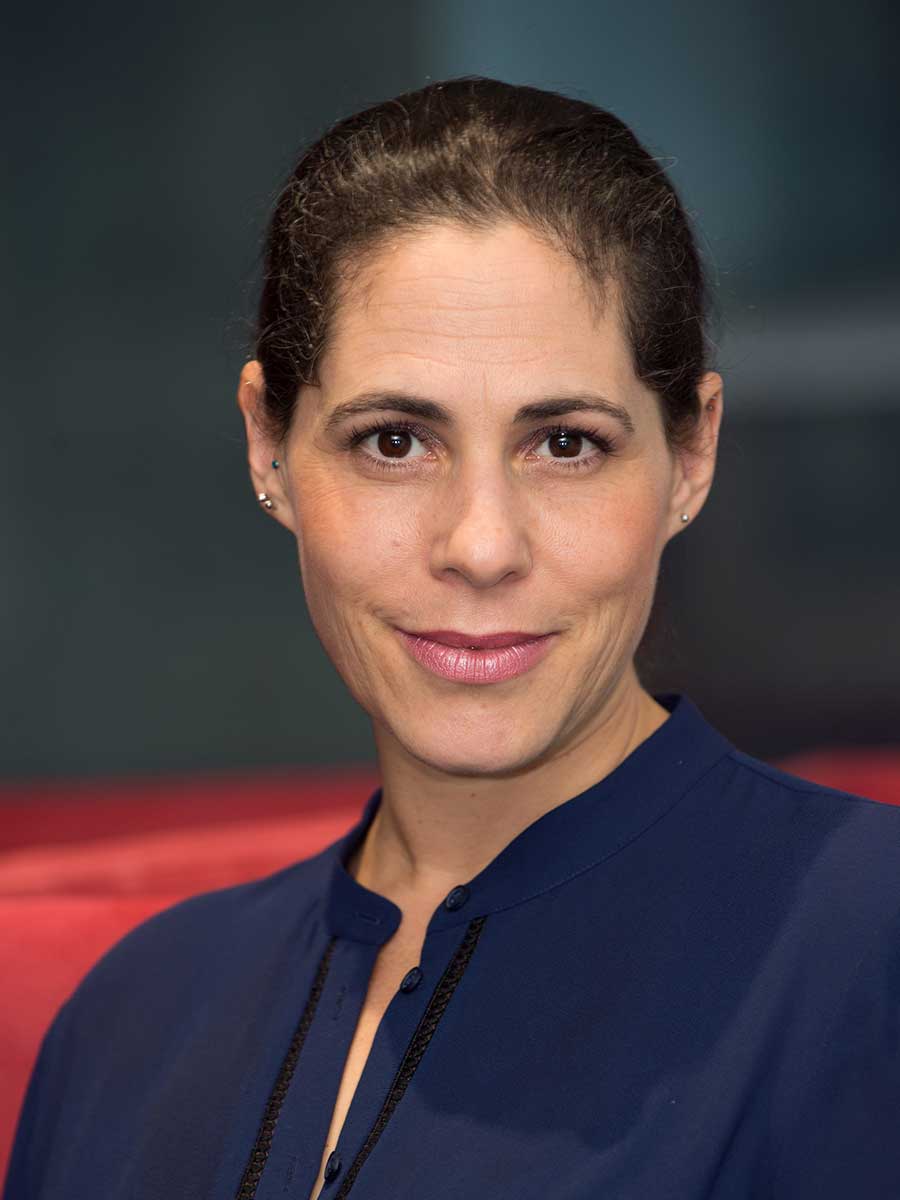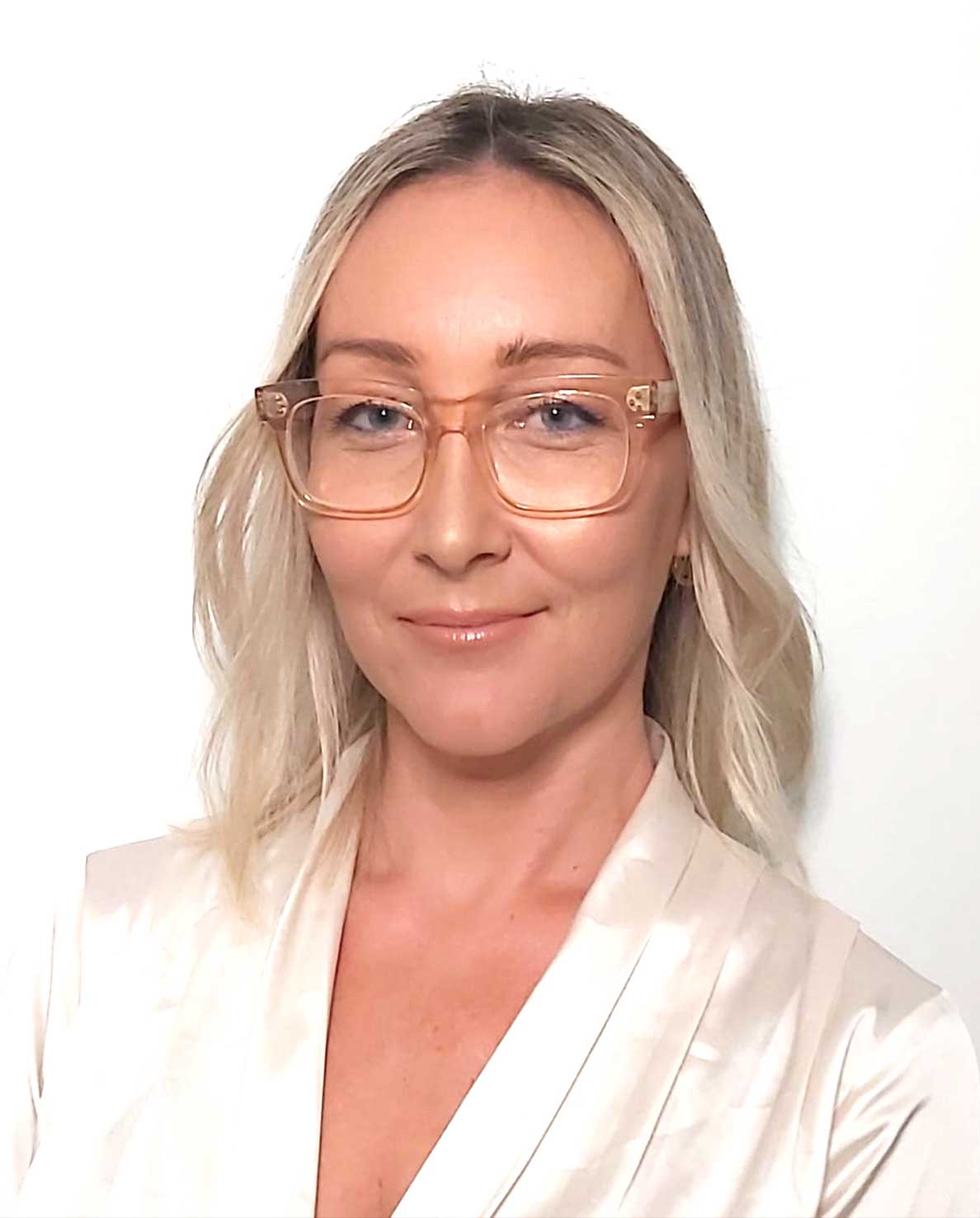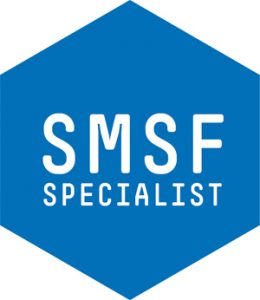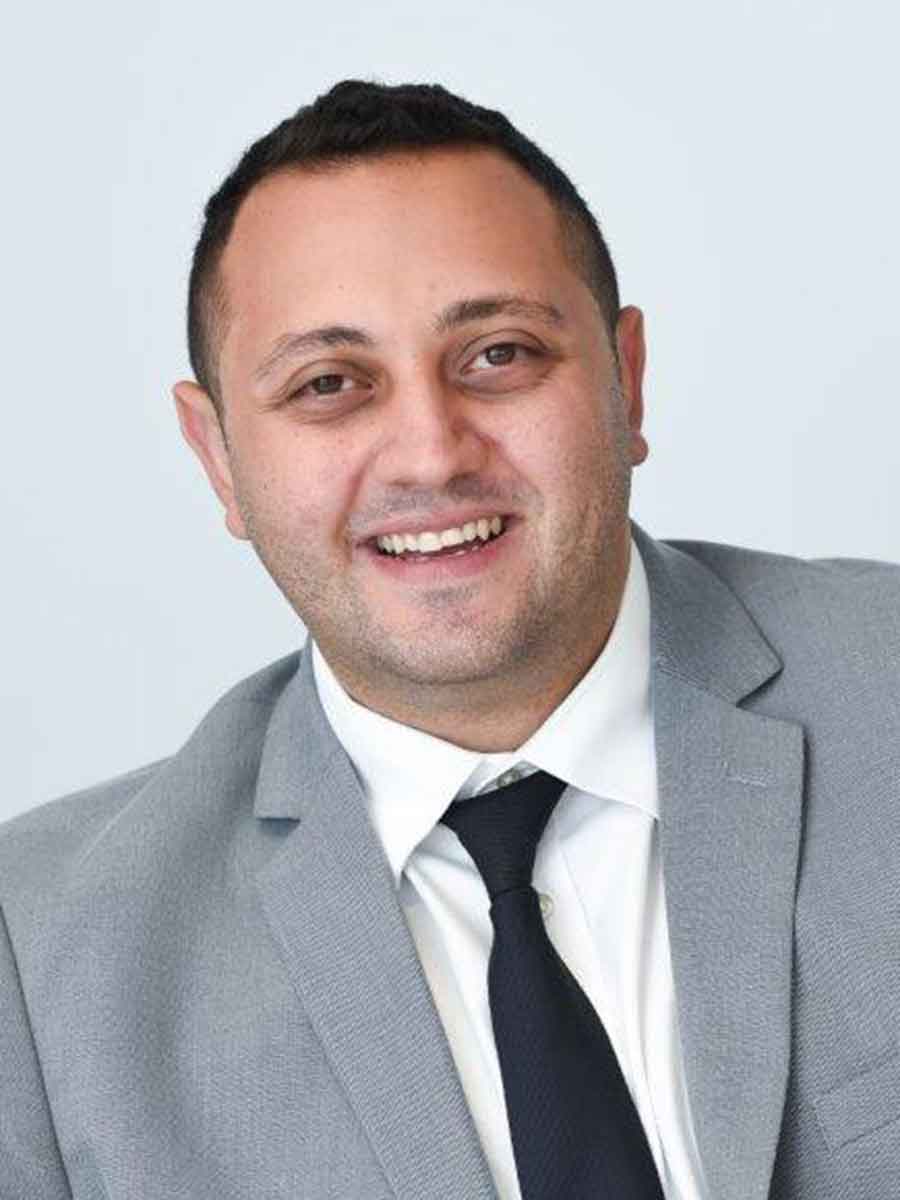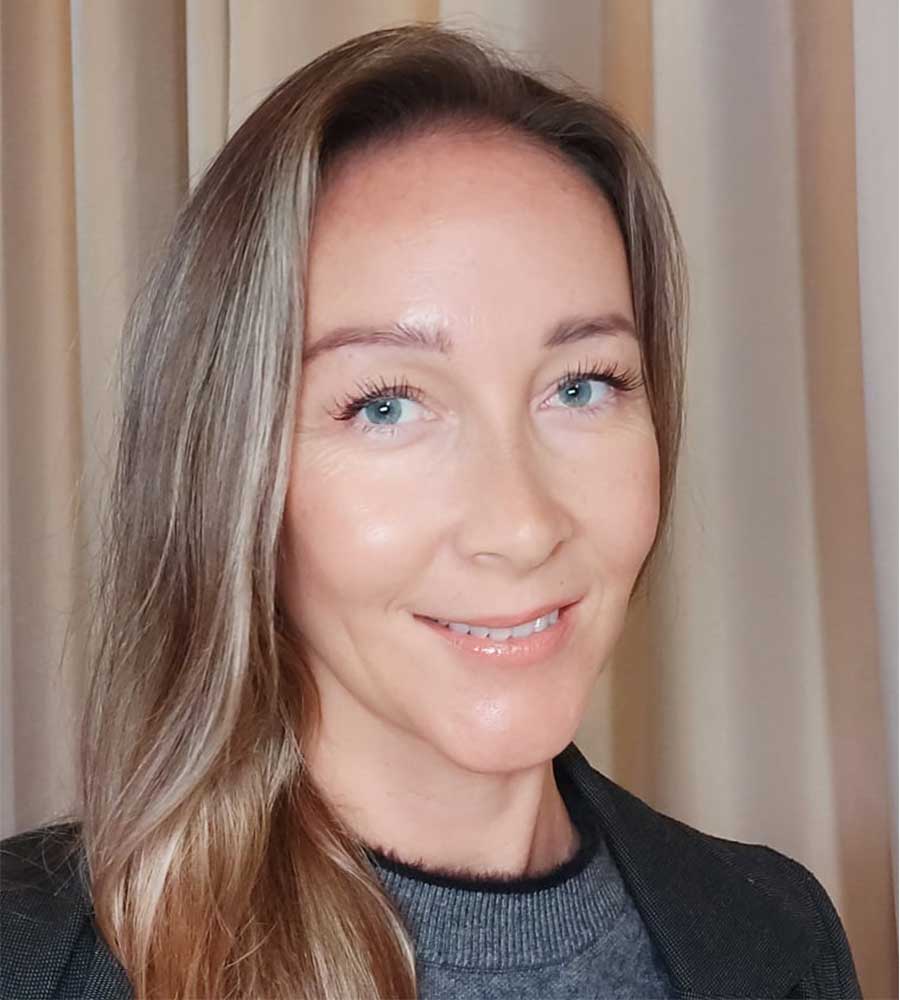Having a strategy in place to pay for your childrens school education is essential. Here are a few ways you can approach paying for tuition that will help you stay ahead of the school fees curve

How often have you heard the phrase about children, that they grow up so quickly?
It's true. The years from birth through to kindergarten, and then to the start of primary school, generally seem to go by in a flash.
So does the time to build up savings to pay for their schooling.
Which begs the question. How well financially prepared are you to cover the ongoing education fees and other costs associated with your children's schooling?
To put that into context, it's useful to consider the average costs of school education around Australia.
Various available data shows that, based on a child attending school for 13 years, average costs currently range from around $80,000 for government schools to more than $340,000 for independent schools.
On an annual basis, that roughly equates to between $6,100 and $26,150. Of course, depending on the school, some annual school costs are considerably higher.
Then, on top of school tuition fees, there are other costs such for uniforms, textbooks, electronic devices, excursions, and private tuition.
Getting ahead, and staying there
How you approach paying for your children's school education is a purely personal decision.
You may opt to start a regular savings plan before they reach school age, even starting from when they're born.
Alternatively, some people prefer to focus on other savings goals such as paying down a home mortgage and choose to fund their children's schooling costs from the time they actually start school.
Either way, having a strategy in place to pay for your children's school education is essential.
And, ideally, your strategy should involve some form of savings plan to ensure your regular income – whether that's from a salary or other means – isn't doing all the heavy lifting.
That will allow you to get ahead of the school fees curve, and hopefully stay there.
The five-year plan
In most Australian states and territories children must attend a school from the age of six.
If you started saving towards your children's schooling from their birth, that essentially gives you five full years to build up a sizeable education nest egg.
Let's call it the five-year plan. Over that first five years you could put aside a set amount, every fortnight or month, so that by the time your child is ready to start school you have a great head start.
If you're able to have some money already put aside, which can be used for an initial investment to kick start your education savings plan, that's even better.
The higher your investment balance, the higher your compounding investment returns over time.
The overall returns from your school savings strategy largely comes down to your investment risk appetite.
If you wanted to have virtually no risk, and just chose to put money aside into a bank savings account, at current interest rates your returns would be very low.
On the other hand, if you started off a five-year education savings plan in 2016 with an initial investment amount of $5,000 and made regular contributions of $300 per fortnight ($39,000 over five years) into a managed fund, by now you would have accumulated approximately $51,500 (before tax and investment costs).
That's based on an average annual return of 5.6 per cent, which corresponds with the average annual total return (as at 31 October 2021) over five years of the Vanguard Conservative Index Fund.
Do keep in mind that these are historical returns figures. Past performance is not an indication of future performance.
Using the same criteria as above, and taking on slightly more investment risk, your total return after five years based on a 7.8 per cent average annual return would have been around $55,000.
That corresponds with the average annual total return over five years of the Vanguard Balanced Index Fund.
A 9.9 per cent average annual return over five years, which corresponds with the total return over five years of the Vanguard Growth Index Fund, would have built an initial $5,000 investment to around $58,000.
Going higher up the investment risk scale, with a high exposure to shares, would have resulted in $62,000 of savings by year six.
That corresponds with the 11.95 per cent average annual total return over five years of the Vanguard High Growth Index Fund.
The returns numbers could be much higher based on a larger initial investment amount and larger regular ongoing contributions.
The pay-as-you go plan
Having an initial investment amount set aside and a five-year head start isn't an option for everyone.
However, it's never too late to start an education savings plan that incorporates regular investment contributions.
Combining the benefits of a savings plan and compounding returns, together with other income, will help lighten the education costs load.
Using the same returns examples in the five-year plan, and the same contributions strategy, your education savings fund will continue to grow over time.
It can be used to build up your school education nest egg for future years, or to supplement your pay-as-you go schooling payments.
Costs and discipline
Two important life skills you can teach your children are the importance of not overspending, and the power of discipline.
Costs and discipline are equally important in the investing world.
In terms of saving for schooling, lower investment costs mean you get to keep more money in your pocket to spend on your children's education.
That's one of the key benefits of investing into a managed fund or exchange traded fund structure.
The discipline to put aside regular amounts of money to pay for their schooling also will deliver substantial long-term benefits.
With the 2021 school year about to end, and the start of the 2022 school year not that far away, now is a good time to think about a savings strategy for your children's education.
Tony Kaye
30 Nov, 2021
vanguard.com.au


